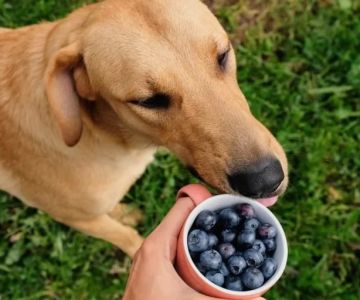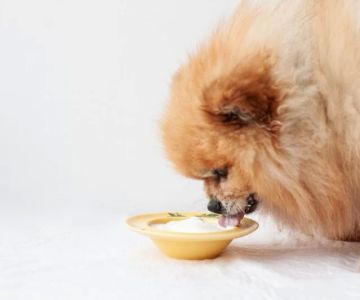- can-dogs-eat-tomatoes-safely
- which-tomato-parts-are-toxic
- health-risks-of-tomatoes-for-dogs
- real-case-dog-tomato-toxicity
- how-to-feed-tomatoes-to-dogs
1. Can Dogs Eat Tomatoes Safely?
Yes, dogs can eat tomatoes—but only in moderation and only certain parts. Ripe red tomatoes are generally safe for dogs to consume as an occasional treat. However, it’s essential to understand which parts of the tomato plant may pose a health risk.
Tomatoes contain a compound called solanine, which is primarily found in the green parts of the plant—like stems, leaves, and unripe green tomatoes. While the amount of solanine in a ripe tomato is minimal, it’s best to avoid feeding large quantities or offering tomatoes regularly without guidance.
2. Which Tomato Parts Are Toxic to Dogs?
The stem, leaves, and green (unripe) tomatoes contain high levels of solanine and tomatine—glycoalkaloids that are toxic to dogs in significant amounts. These can interfere with your dog’s nervous system and digestive tract if ingested in large quantities.
To keep your dog safe, always remove stems and leaves, and only feed ripe red tomatoes in small, bite-sized pieces. Never allow your dog unsupervised access to a garden with tomato plants, as nibbling on green tomatoes or stems could cause problems.
3. Health Risks of Tomatoes for Dogs
While small amounts of ripe tomato are unlikely to harm your dog, excessive intake or ingestion of the plant parts could lead to symptoms like:
3.1 Gastrointestinal Upset
Vomiting, diarrhea, and stomach pain may occur if your dog eats too much tomato or any part of the green plant. Even ripe tomatoes, when fed excessively, can irritate sensitive stomachs.
3.2 Nervous System Effects
In more serious cases, high solanine exposure can result in lethargy, weakness, confusion, and even seizures. Though rare, it's crucial to understand these risks.
Some dogs may also have allergies to nightshade vegetables like tomatoes, leading to itchy skin, hives, or respiratory symptoms.
4. A Real Case of Tomato Toxicity in Dogs
One popular online case involved a Golden Retriever named Bella, whose owner shared their story in a dog forum. Bella had gotten into a backyard tomato patch and ate several green tomatoes. Within hours, she began vomiting and appeared weak and disoriented. A rushed visit to the emergency vet revealed mild solanine poisoning.
Luckily, Bella made a full recovery after receiving fluids and monitoring—but her owner now fences off all garden vegetables. Their experience reminds us why even seemingly harmless foods like tomatoes deserve cautious handling.
5. How to Feed Tomatoes to Dogs the Right Way
If you’d like to offer your dog tomatoes as an occasional treat, here are some key tips:
5.1 Use Ripe Tomatoes Only
Ensure the tomato is fully red, fresh, and free from any stems or leaves. Rinse it well to remove pesticides.
5.2 Serve in Small Quantities
Chop the tomato into small pieces and offer it as a treat rather than part of a regular meal. A slice or two for medium to large dogs is generally sufficient.
5.3 Avoid Canned or Seasoned Tomato Products
Tomato sauces, soups, or canned goods may contain onions, garlic, salt, or other ingredients that are toxic to dogs. Stick to plain, raw tomato slices only.
Feeding your dog tomatoes safely is all about balance and knowledge. If you're ever unsure whether something your dog ate is safe, consult professionals. At Hidden Brook Veterinary, we recommend always keeping a list of toxic and safe foods on hand, and we're here to help with personalized guidance tailored to your pet’s needs.












